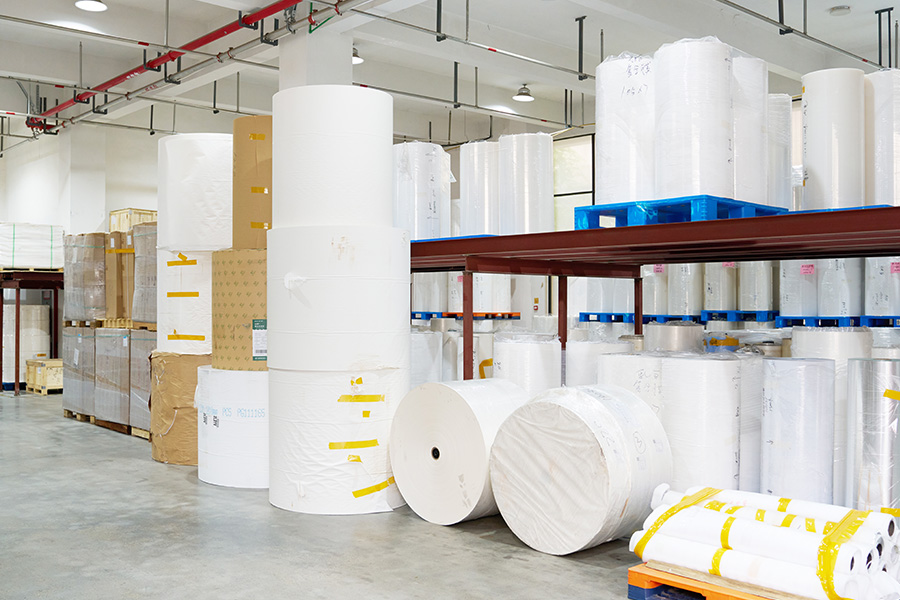
 2025.10.17
2025.10.17
 Industry News
Industry News
Composite packaging is a type of multi-layered packaging that combines different materials to provide enhanced protection, durability, and functionality for various products. This packaging solution is widely used in the food, beverage, pharmaceutical, and consumer goods industries due to its ability to maintain product quality, extend shelf life, and facilitate convenient handling. The term “composite” refers to the integration of multiple layers or materials, each serving a specific purpose, into a single package.
One of the main advantages of composite packaging is its protective capabilities. The layers typically include materials such as paperboard, aluminum foil, plastics, and sometimes laminates. Each layer contributes to specific functions: paperboard offers structural strength and printability, aluminum foil acts as a barrier to light, oxygen, and moisture, and plastic layers provide flexibility and sealing properties. This combination ensures that products are safeguarded from external factors that could compromise quality, such as humidity, air, and contamination.
In the food and beverage industry, composite packaging is commonly used for items like juice cartons, liquid dairy products, soups, and sauces. The multi-layered structure prevents spoilage and preserves freshness while allowing for extended shelf life without the need for refrigeration in some cases. Additionally, composite packaging is lightweight compared to traditional glass or metal containers, making transportation more efficient and reducing shipping costs.
Composite packaging also offers versatility in design and usability. It can be manufactured in various formats, including cartons, pouches, and stand-up bags, with options for resealable or spout designs. Resealable packaging provides convenience for consumers, allowing them to store partially used products without compromising quality. Stand-up pouches are especially popular in retail, offering visibility and ease of handling while maintaining the protective benefits of the packaging.
Another benefit of composite packaging is its sustainability potential. Advances in material technology have enabled manufacturers to produce composite packages with reduced environmental impact. Some designs utilize recyclable or partially renewable materials, and the lightweight nature of the packaging contributes to lower carbon emissions during transportation. By extending shelf life and protecting products from spoilage, composite packaging also helps reduce overall food waste.
In the pharmaceutical sector, composite packaging is valued for its ability to protect sensitive medications from moisture, light, and oxygen, which can degrade efficacy. This packaging can include tamper-evident features and precise dosing designs, ensuring safety and reliability for consumers. Similarly, in the consumer goods industry, composite packaging is used for personal care items, powdered products, and household chemicals, providing durability, ease of use, and secure storage.
The production of composite packaging involves advanced manufacturing techniques such as lamination, extrusion, and coating. These processes bond the different materials together while maintaining flexibility and strength. High-quality printing on composite packaging also allows for branding, product information, and regulatory labeling, combining functionality with visual appeal.
In conclusion, composite packaging is a versatile and effective solution for protecting a wide range of products. Its multi-layered structure provides durability, moisture and oxygen resistance, and design flexibility. Its combination of protection, convenience, and efficiency makes it a preferred choice across food, beverage, pharmaceutical, and consumer goods industries, ensuring products reach consumers safely and in good condition.
